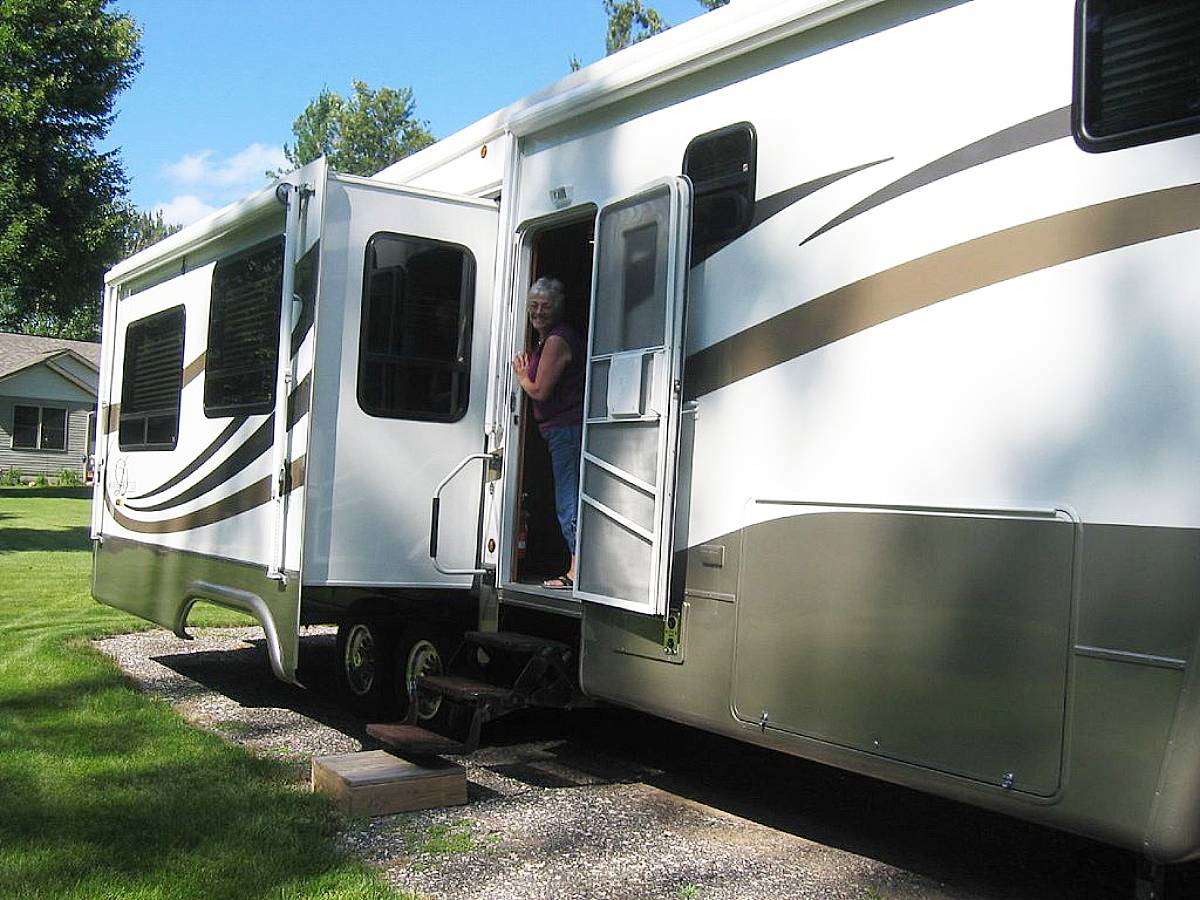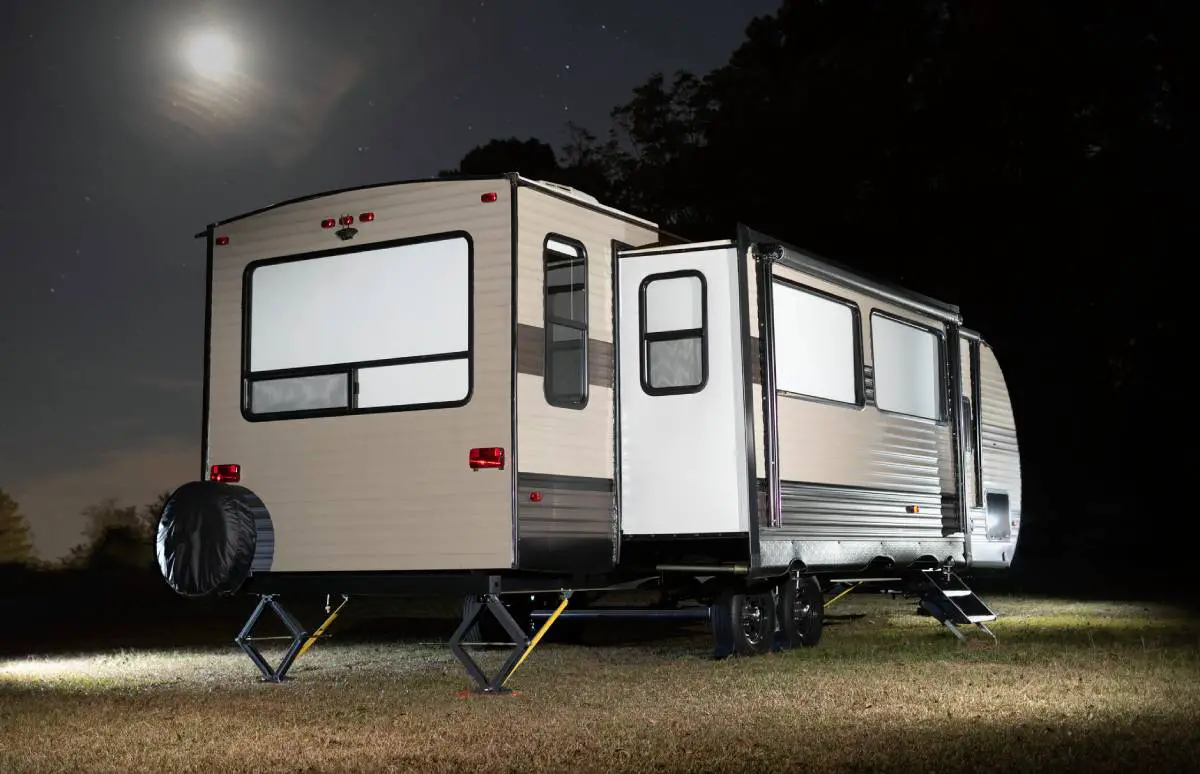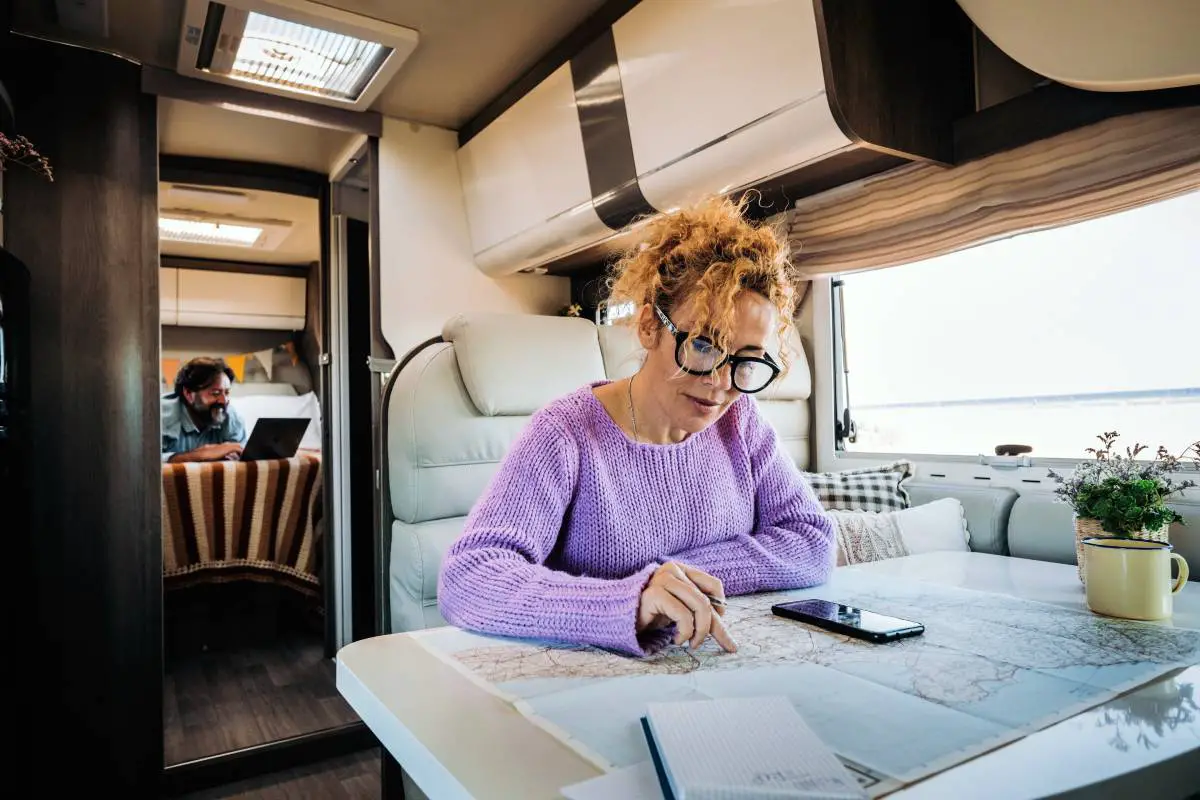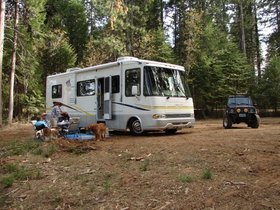 Looking to try some long-term camping in your RV without breaking the bank?
Looking to try some long-term camping in your RV without breaking the bank?
There are lots of places to stay that won’t cost you much, but you have to be prepared to fend for yourself — because cheap means no amenities!
Places To Park
Camping on Bureau of Land Management land is a common practice for those looking to get away from the cold long winters of the north.
There are many areas specifically set up to provide a place to park your RV for months at a time. The one issue is that, In many cases, all that’s provided is a place to park.
Long Term Visitor Areas will allow you to stay 14 days for a fee of $40. You can also get a 7-month permit for $180 if you choose to stay the whole season. With these permits, you can move from one LTVA to another as often as you wish.
At the LTVA’s, you can expect to find a dump station and a nearby source of water. They may even have a telephone available, but that varies from location to location. Beyond these meager items, you’re completely on your own.
If you want to avoid the crowds, most BLM land is open to free camping as well. The only requirement is that you can spend no more then 14 days in one spot. Known as dispersed camping, by relocating to a new spot at least 25 miles away, you can stay in the area as long as you like.
What You’ll Need
Now that you have a destination, what else do you need to make boondocking work for you?
Because you surely don’t want to be packing up and driving to civilization every 2 days to empty tanks, fill up with water, and get gas for the generator!
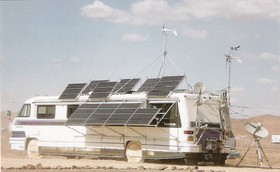 Here are the top 5 things that make life workable in the wilderness:
Here are the top 5 things that make life workable in the wilderness:
4. Portable Catalytic Heater or a Permanent mounted Catalytic Heater
5. Extend a Stay Kit — to allow you to hook up additional propane kits
How To Get Around
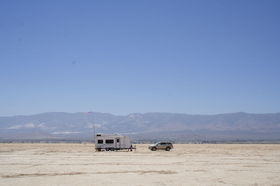 If you’re in a travel trailer or fifth wheel, then you already have a way to get to town without disturbing your rig.
If you’re in a travel trailer or fifth wheel, then you already have a way to get to town without disturbing your rig.
If you’re in a motorhome, some type of transportation would be very useful. This can be a TOAD (car on a tow bar) or even a small motorcycle. Anything that will make it possible to run errands and pick up a few things will help.
Conservation And Moderation Are Key
Many who spend days at a time in these modest surroundings have become experts in conservation — going to extremes by limiting their water usage and electricity consumption. For example, by taking sponge baths, you can stretch your water supply. And foregoing that movie marathon will help make your available electrical power last longer.
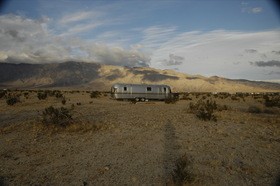 The addition of extra batteries, especially when coupled to a solar system or even a wind generator will not only reduce your noise level, it will save you trips to town for gas. Being “green” is always a good thing, too.
The addition of extra batteries, especially when coupled to a solar system or even a wind generator will not only reduce your noise level, it will save you trips to town for gas. Being “green” is always a good thing, too.
Concentrating on quality dry goods in your pantry will help you provide a nutritious menu while reducing the need for refrigerator space. Making recipes that leave you with no leftover servings will also help save space in the freezer.
There are many hobbies that go well with a long term stays on BLM land and other boondocking locations. For example: treasure hunting, metal detecting, ATVing, exploring ghost towns, gold prospecting, collecting rocks. Who knows… you may even discover the next Comstock Lode, or the Lost Dutchman’s Mine.
One thing’s for sure, you won’t be the only ones out there looking for it!
I’ve been involved in RVing for over 50 years — including camping, building, repairing, and even selling RVs and motorhomes. I’ve owned, used, and repaired almost every class and style of RV ever made. I do all of my own repair work. My other interests include cooking, living with an aging dog, and dealing with diabetic issues. If you can combine a grease monkey with a computer geek, throw in a touch of information nut and organization freak, combined with a little bit of storyteller… you’ve got a good idea of who I am. To date, I’ve shared my RV knowledge in over 300 articles here at The Fun Times Guide! Many of them have over 25K shares.

